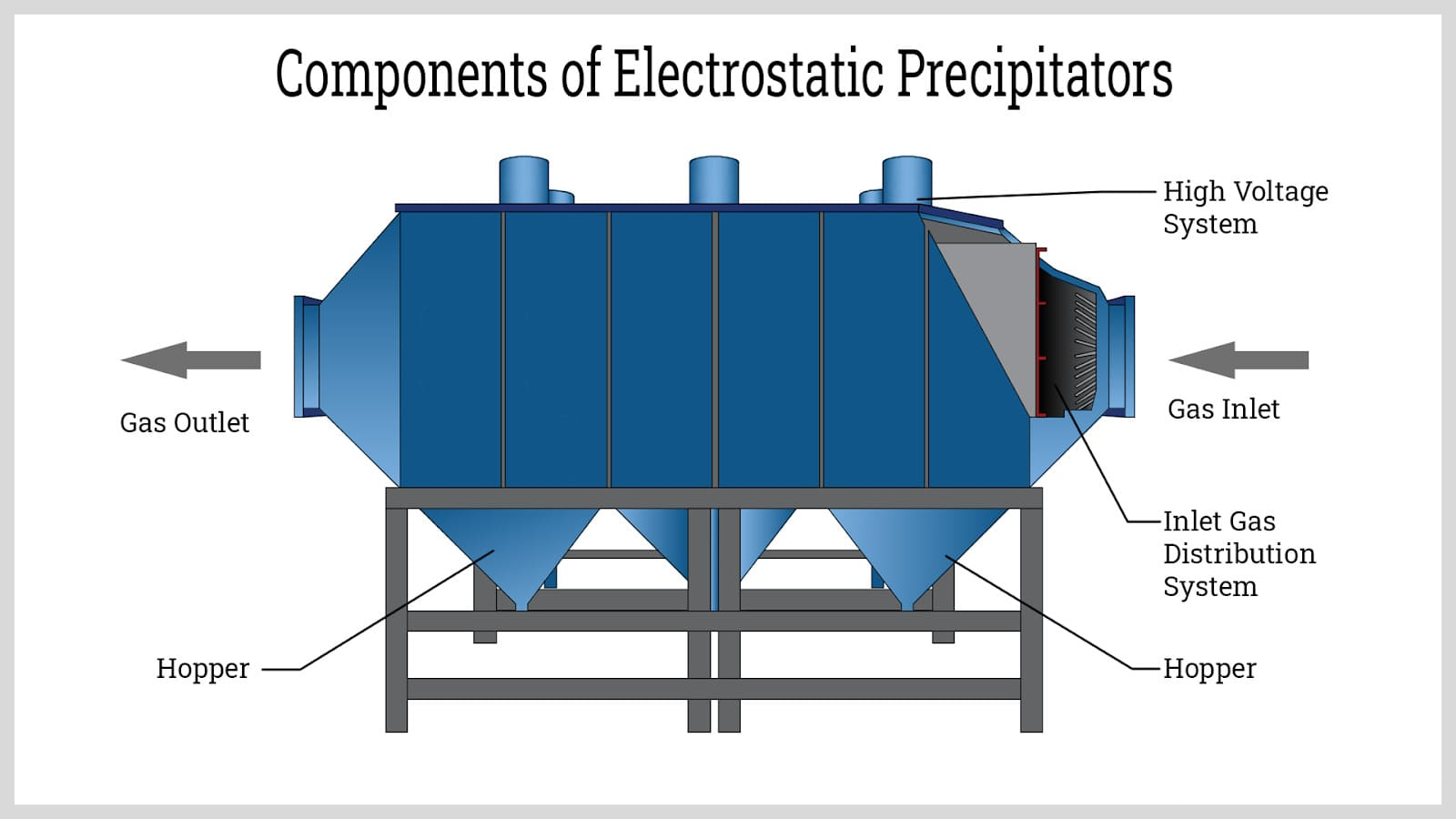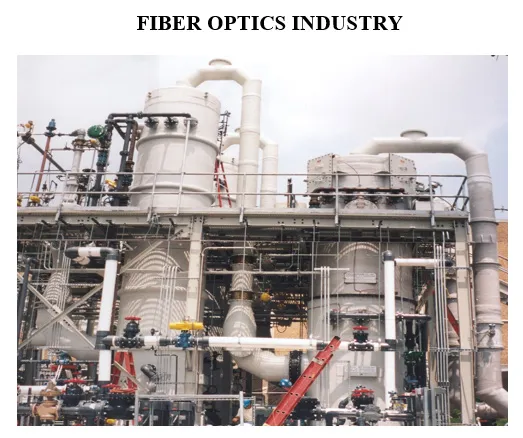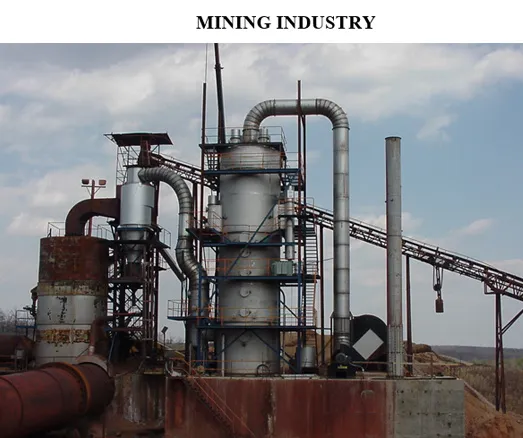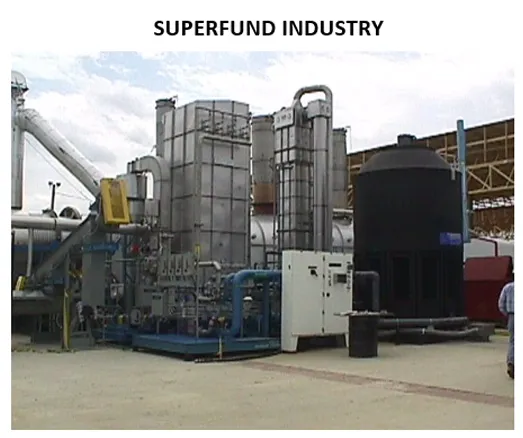
Electrostatic Precipitators (ESPs) have revolutionized the way industries control air pollution. Electrostatic Precipitators are designed to eliminate particulate matter from exhaust gases, are crucial in reducing industrial emissions and protecting the environment. This guide delves into the workings of ESPs, their types, maintenance, and future trends, providing a comprehensive overview for anyone interested in air pollution control technology.



At the core of an ESP's functionality lies the principle of electrostatic attraction. The process can be simplified into three key steps:
Electrostatic Precipitators are a cornerstone of modern pollution control technology. Their ability to efficiently remove particulate matter from exhaust gases makes them indispensable in various industries. As technology advances, ESPs will continue to play a vital role in protecting the environment and ensuring compliance with air quality regulations.